One minute you’re sipping coffee and doom-scrolling the markets, the next you’re seeing headlines screaming “Gold hits $3,356 an ounce!” and suddenly, you’re wondering if you should’ve listened to that one uncle who’s been hoarding Krugerrands since the ’90s. Is it time to panic? Invest? Melt down your high school class ring?
Gold’s wild rise this month isn’t just for Wall Street nerds—it’s a flashing sign that things in the economy are getting interesting (read: kind of messy). Whether you’ve got a portfolio packed with stocks or you’re still figuring out what “diversification” even means, this shiny metal’s big moment could mean serious changes for your money. Here’s what it actually means for you—broken down, no jargon, just real talk. Let’s dig into what’s glittering and what’s just fool’s gold.
1. It’s a Classic Signal of Market Jitters

When gold goes vertical like this, it usually means investors are nervous. We’re talking inflation, political instability, and whispers of recession—all the ingredients for a financial panic smoothie. As CNBC recently pointed out, gold has always been a go-to “safe haven” asset, and this jump confirms that people are looking for security. That might sound boring, but boring is in when the market feels like a rollercoaster run by a caffeinated raccoon.
If your portfolio is heavily weighted toward stocks, now might be a good time to recheck your risk tolerance. You don’t necessarily need to sell everything and go full pirate hoarder, but you do want to make sure you’re diversified enough to ride out volatility. Think of gold as your emotional support metal—it calms the nerves when everything else feels shaky. Just don’t buy in a panic. Make a plan, breathe deep, and remember: glitter is optional, but strategy is not.
2. Inflation Hedges Are Getting Trendy Again
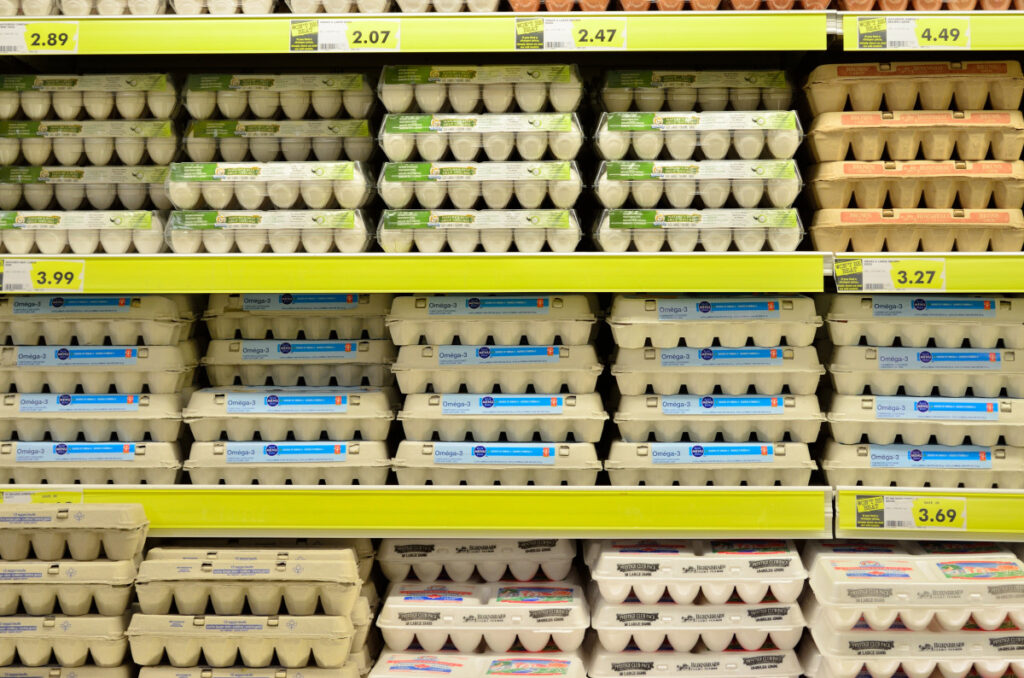
Let’s be real—your grocery bill’s been screaming “inflation” for a while now. But when gold prices shoot up, it’s more than just vibes—it’s confirmation that the market is hedging hard. As Forbes explains, gold’s historic role as an inflation hedge is why people flock to it when dollars start shrinking in value. And with the Fed still doing its high-stakes interest rate cha-cha, many are betting gold will hold steady even as other assets flinch.
If you’re worried about the value of your savings eroding over time, adding a little gold to your portfolio could give you a buffer. No, it won’t pay dividends, and no, it won’t replace your income—but it can keep your purchasing power from disappearing into the ether. Just make sure you’re not overpaying or falling for flashy sales pitches (if someone’s offering you “gold coins blessed by monks,” maybe walk away). Think of this like SPF for your retirement account: a little goes a long way.
3. Miners and Gold ETFs Are Heating Up

You don’t have to buy actual bars of gold like you’re starring in an Ocean’s 11 reboot. There are plenty of ways to tap into gold without turning your closet into Fort Knox. Gold mining stocks and ETFs are surging alongside the metal itself, giving investors an easier entry point. According to BBC, some funds tracking major gold producers have seen double-digit returns just this quarter.
These investments offer more liquidity than physical gold and can be traded like regular stocks. Plus, some ETFs even throw in dividends—a little cash while you wait for the next spike. But here’s the catch: miner stocks are still stocks, meaning they’re vulnerable to broader market volatility. So while they can give you gold exposure, they’re not a one-to-one substitute for the real thing. It’s like ordering oat milk at a coffee shop—it does the job, but it’s not exactly the same. Still, for many investors, gold ETFs are the gateway glitter they didn’t know they needed.
4. Crypto Fans Are Rethinking Their Strategy
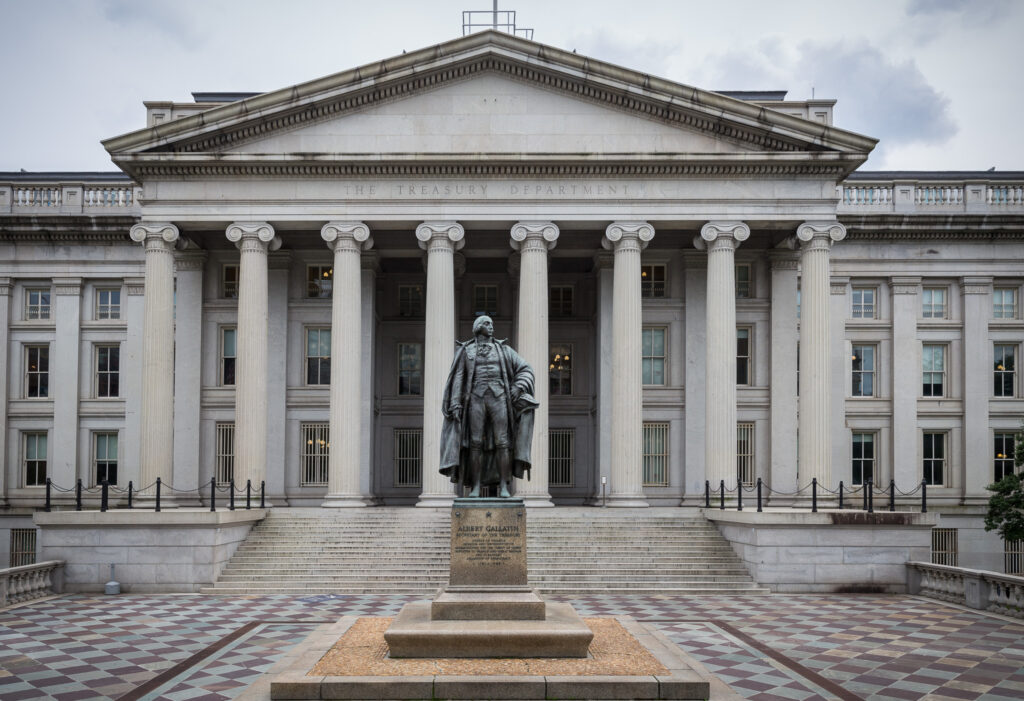
Once upon a time, crypto was being hailed as “digital gold.” But now that the OG shiny rock is back in the spotlight, some investors are getting twitchy. Bitcoin and Ethereum have had their moments, sure, but gold’s current run is reminding people that stability can be sexy too. As ScienceDirect reports, several major crypto hedge funds are now reallocating some of their digital assets into physical gold, citing its “unmatched historical resilience.”
This doesn’t mean crypto is dead—just that diversification is back on the mood board. If your portfolio is heavy in digital assets, it might be time to rebalance. Gold doesn’t rely on blockchain, electricity, or Elon Musk’s tweets to hold value. And while it won’t 10x overnight like a meme coin might, it won’t crater 40% during brunch either. For some investors, that trade-off is starting to feel really attractive. So if you’re team crypto but hate volatility, gold’s sudden glow-up might be your cue to blend old-school with new-school.
5. Jewelry Buyers May Need to Rethink Timing
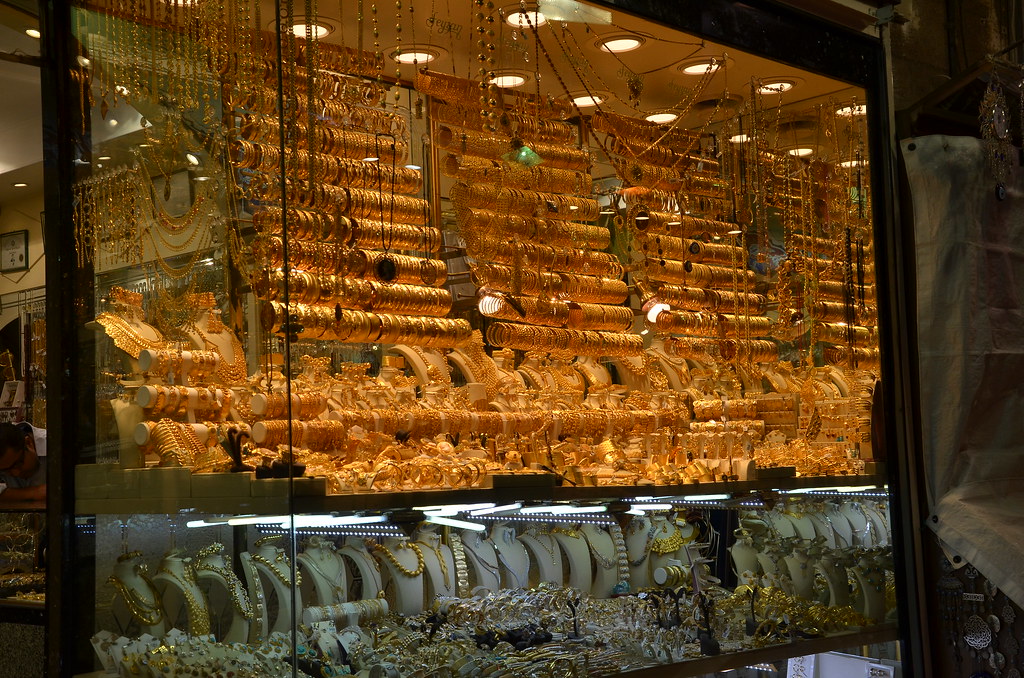
Yes, gold is an investment. But it’s also a fashion statement. And if you’ve been eyeing a new chain, bangle, or pair of earrings to flex your post-retirement glow-up, here’s the bad news: your bling just got bougier. Jewelers are already adjusting prices to reflect the new gold highs, and June is looking like a rough time to shop. As Investopia warns, demand is high and inventory costs are spiking, which means retailers are passing that extra cost right to you.
So unless you’re buying for a wedding or some non-negotiable milestone, it might be smart to hold off. Or get thrifty—hello, vintage! Alternatively, if you already own gold jewelry, congrats: your accessories just appreciated in value. Maybe it’s time to clean out that box under your bed and cash in those tangled chains from 2003. You never know—you might be sitting on a mini fortune that doubles as a fashion archive. Who said style wasn’t an asset class?
6. Central Banks Are Stockpiling, and That Tells You Something

When central banks start hoarding gold, it’s not because they’re into shiny things—it’s because they’re hedging big time. Right now, global banks are scooping up gold like it’s avocado toast at a Sunday brunch buffet. Why? Because it gives them protection against currency fluctuations, trade instability, and—yes—even the vibes of geopolitical chaos. That kind of behavior trickles down to retail investors, signaling, “Hey, something might be up.”
When the people running entire economies start stacking bullion, it’s not just for decoration. It’s a quiet alarm bell that trust in fiat currency is wavering. If you’re only invested in dollars, bonds, or other currency-tied assets, this should absolutely make you blink twice. It might be time to consider having at least a slice of your portfolio in a neutral, real asset like gold. Even if it’s just a small percentage, it could be your financial insurance plan. Because if the grown-ups are panicking into gold, maybe it’s not just a phase—it’s a shift.
7. Retirement Portfolios May Need a Glow-Up
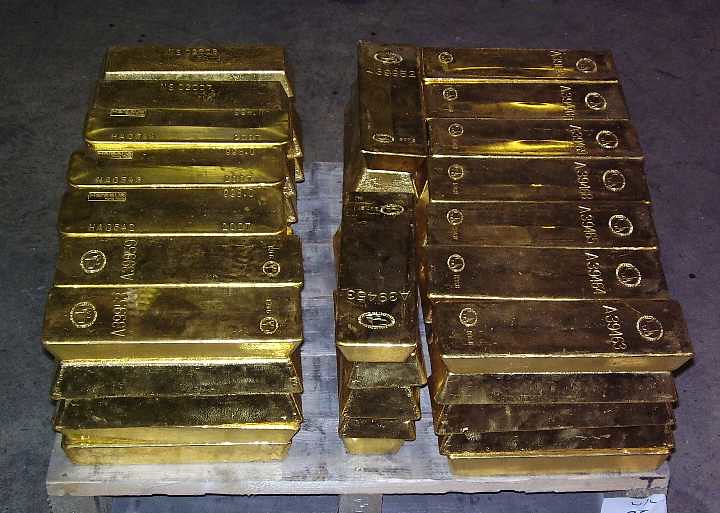
For folks approaching retirement, gold’s spike is more than market noise—it’s a potential lifeline. Many near-retirees are realizing their portfolios are a little too stock-heavy and not quite “safe-haven ready.” If that sounds familiar, this may be your cue to diversify a bit before things get dicey. Gold provides a buffer when other assets wobble, especially during economic slowdowns or inflation surges.
A lot of traditional retirement strategies assumed gold would chill around $1,200 to $1,500 per ounce—not launch into orbit. But now that it’s breaking records, planners are rethinking the old-school rules. If you’re 60+ and still banking on your tech stock picks, a little glitter might add much-needed balance. You don’t need to dump your index funds, just tweak the mix. Even a 5-10% allocation can give your portfolio a layer of protection. Think of gold as the cardigan of investments—it might not be flashy, but it will keep you warm when the market gets chilly.
8. It’s Pushing the Dollar Down—And That Impacts Imports

As gold surges, it often creates pressure on the U.S. dollar. Why? Because investors flocking to gold are usually stepping away from currencies. And when the dollar weakens, everything from imported electronics to your favorite French wine gets more expensive. So even if you don’t own a single ounce of gold, this price surge might still hit your wallet at Best Buy or Trader Joe’s.
For businesses that rely on international goods, this can be a budget nightmare. And for average consumers? It means inflation isn’t done haunting your grocery receipts just yet. Gold’s rise isn’t just a market story—it’s a lifestyle one. It ripples across pricing, trade, and how far your dollar stretches. So if you’ve noticed your morning croissant now costs $6, don’t just blame supply chains—say hello to gold’s passive-aggressive influence.
9. Real Estate Investors Are Watching Closely

You wouldn’t think a shiny rock would impact home prices, but oh—it does. When gold prices rise dramatically, it’s often a sign that real estate investors are about to get nervous. It suggests inflation is rising, currency confidence is dipping, and borrowing could get more expensive. All of which can chill demand for real estate—or make people pivot toward tangible assets like gold instead of property.
Some real estate investors even liquidate assets to reallocate into metals during these spikes. That doesn’t mean there’s a housing crash around the corner, but it does mean priorities are shifting. And if you’re holding property as part of your portfolio, you might want to re-evaluate its short-term value. Gold doesn’t require plumbing repairs, property taxes, or unpredictable tenants. Just saying. While it’s not a reason to panic, it’s definitely a reason to check your blind spots—and maybe call your financial advisor before Zillow.
10. Jewelry Stores, Pawn Shops, and eBay Are Popping Off

Here’s something a little more street-level: when gold hits an all-time high, everyone becomes a seller. From grandma’s heirloom brooch to that chain you wore once to Coachella, people are suddenly realizing they might be sitting on some serious value. Pawn shops, jewelry buyers, and online resale platforms like eBay are seeing surges in activity as folks try to cash in on the moment.
If you’ve got gold jewelry, coins, or even dental crowns lying around (no judgment), now might be the time to get it appraised. Just don’t go in blind—know the current price per gram, check multiple buyers, and avoid “we buy gold” pop-up tents unless you like getting lowballed. And if you’re buying? Prepare to pay a premium. Everyone’s feeling the gold fever, and that demand is driving prices through the roof. TL;DR: your junk drawer might be a treasure chest.
11. FOMO Is Real—But Be Careful Not to Overreact
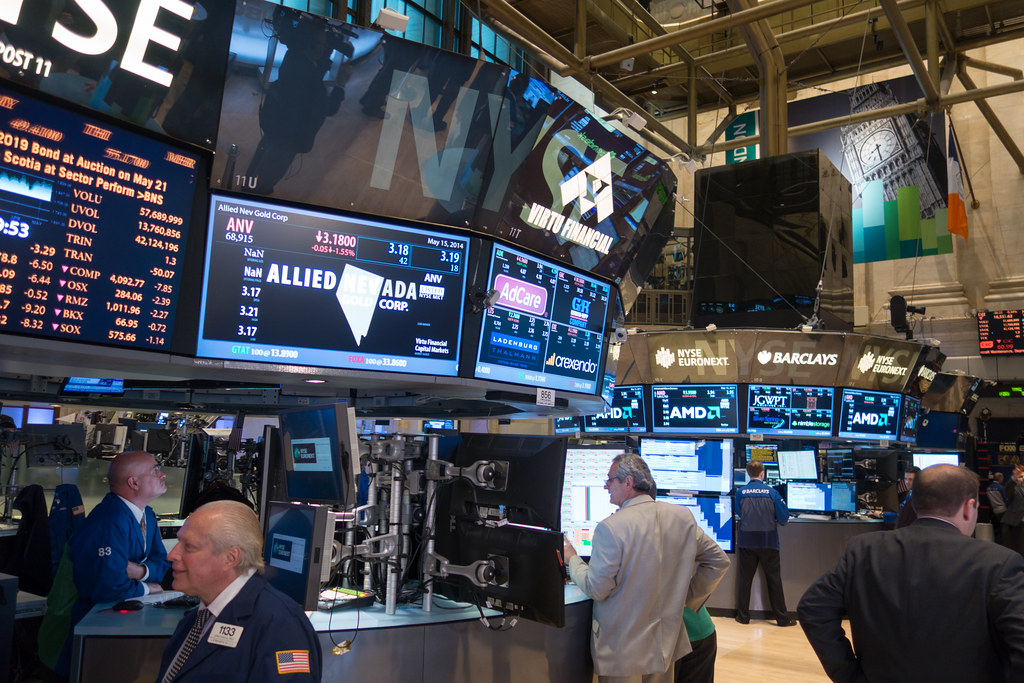
When gold skyrockets, people get a little… twitchy. It’s easy to feel like you’re missing out, especially if your neighbor just bragged about their bullion stack like it’s a Birkin bag. But before you go liquidating your 401(k to become a gold bar bandit, slow down. Price spikes can be exciting, but they can also mean you’re buying at the top. And timing the gold market is just as tricky as timing stocks.
Yes, it’s good to hedge and diversify—but don’t throw your whole strategy out the window because headlines got spicy. If you’re new to gold, start small. ETFs, fractional gold, or even digital gold wallets can be a safe toe-dip before you dive in headfirst. And always make sure your gold move fits your goals—not just what Twitter finance is yelling about. Because the only thing worse than missing out is buying high… and watching it drop like a fake Rolex.
This article is for informational purposes only and should not be construed as financial advice. Consult a financial professional before making investment or other financial decisions. The author and publisher make no warranties of any kind.









